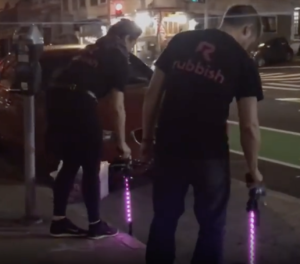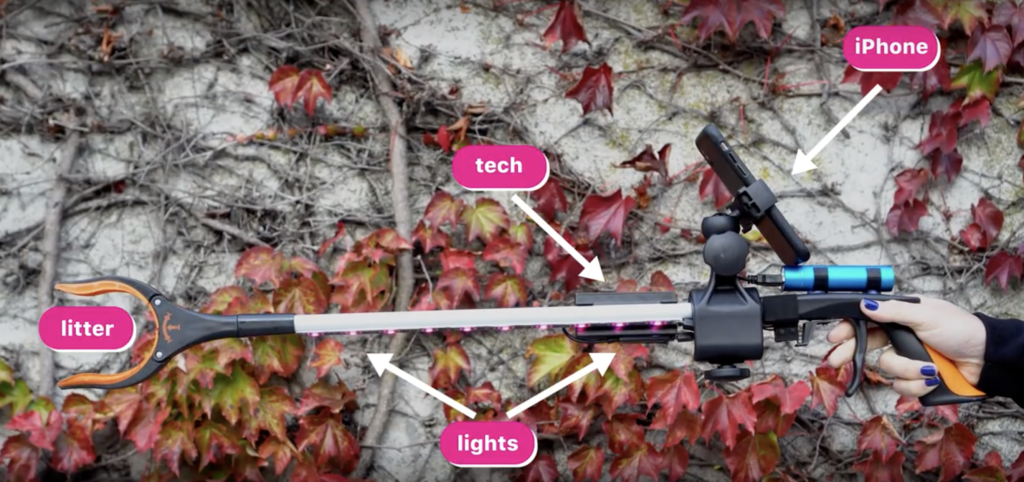
Civic Group Finds Community Data in Litter

Source: Rubbish.love
The City of Paris each June 21 marks the longest day of the year, the Summer Solstice, with a city-wide celebration and bacchanal known as La Fête de la Musique (Paris Street Music Festival). All major thoroughfares are closed to traffic and merry-makers crowd the boulevards to listen to music. The party lasts all night.
The next morning, the streets are spotless, cleared of mountains of trash by the city’s crackerjack sanitation crews. Très impressionnant!
A group of civic activists in San Francisco with a data science bent are attempting a similar sanitation effort, albeit on a smaller scale while applying data analytics tools to help spot litter patterns on the city’s storied streets.
Meet Rubbish, billed as the “community cleanup app dedicated to making your neighborhood a litter-free zone.” The overriding goal is simple: Clean streets often translate into more prosperous neighborhoods.
Using smart trash grabbers known as “rubbish beams,” street-level data gatherers estimate they have as of the end of August picked up more than 130,000 pieces of litter in a four-block area of Polk Street in San Francisco’s Russian Hill neighborhood.
Along with a trash grabber and lights, the rubbish beams are equipped with an iPhone app and a device for capturing litter data.
Among the initiative’s early findings: Street litter can be correlated with business locations and types. The more foot traffic, the more litter. For example, pizza and other fast-food joints on Polk Street tended to generate the most street litter.
Along with determining where litter lands, the Rubbish data scientists also sifted through the trash to determine the most common types of litter. You guessed it, cigarette butts, followed by coffee cups, store receipts and plastic chip bags. Less common were food and glass, along with occasional “special items,” as in discarded needles and (insert poop emoji here). Those items are reported via to the app to SF311, the city’s customer service center.
The street cleaners have even recovered and returned to owners a few stolen items.
Since it began daily trash grabs on Polk Street, the Rubbish team said its data reveals a “clean streets” effect. That is, the cleaner the street, the less likely it is to be littered. Early data indicate what the group characterized as a “precipitously” declining volume of litter as teams worked the streets and drew the notice of business owners.
Like Paris marking the Summer Solstice, holidays such Halloween generate the most litter. Those holiday peaks were reflected in the group’s pickup data. Dips meanwhile corresponded with heat waves that kept people indoors and litter off the streets.
The group touts its data and the resulting analysis as “part of a community organizer’s toolkit.” To that end, Rubbish is working with city officials to locate trash cans and cigarette butt receptacles where they can do the most good.
Recent items:
AI for Good Projects Need a Helping Hand
Big Data Yields Progress in Social Good































